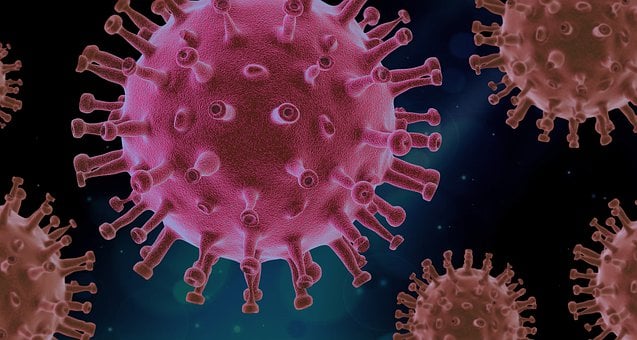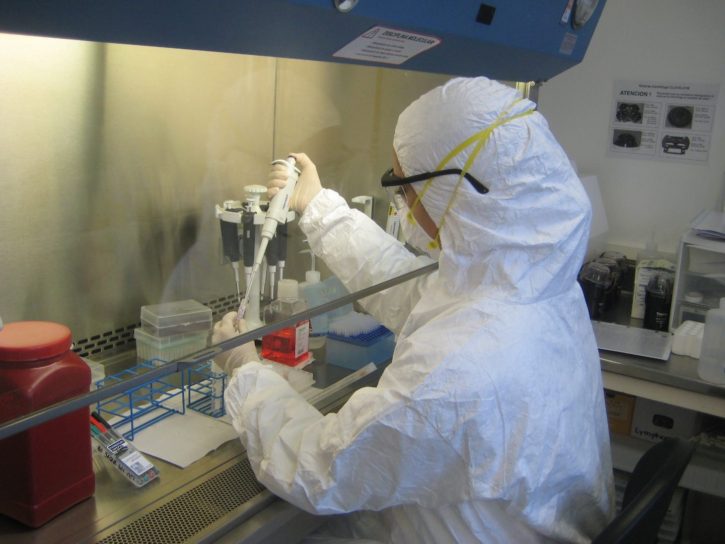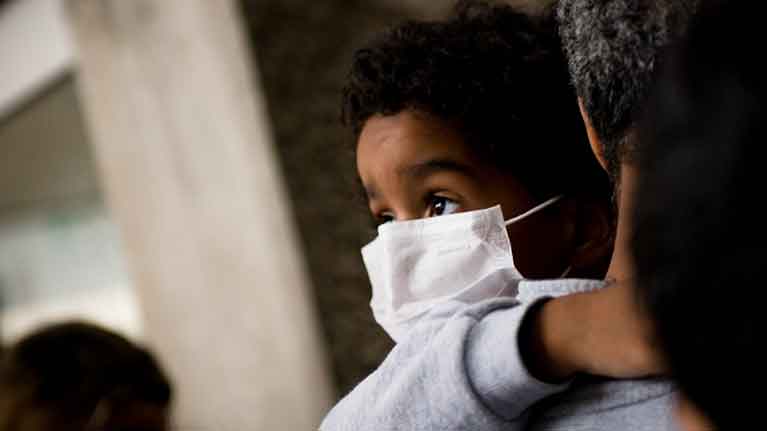In an era of mask-wearing and social distancing, the big question on everyone’s mind is when will things go back to normal? Scientists all over the world have been working quickly and intensely to develop a solution–one that is safe.
Nanotechnology is the process of manipulating atoms and molecules on a microscopic scale. According to a UC San Diego ScienceDaily Article, scientists have been using this technique to design vaccine candidates for COVID-19. Nicole Steinmetz, a nanoengineering professor at UC San Diego, has been one such scientist. Instead of relying on older vaccine models, such as live-attenuated or inactivated strains of the virus itself, these “next-generation vaccines” are more stable, easier to manufacture, and easier to administer.
Since June 1 of 2020, there have been more than one-hundred vaccines in play, with more than a few triumphing through clinical trials. Although many may be years away from deployment, the act of their development will prepare our nations’ leaders for future pandemics.
There are three forms of these novel vaccines in the mix: peptide-based, nucleic-acid based, and subunit vaccines. All of these are alternatives to classic vaccines, which are slower to produce and sometimes pose the threat of inducing allergic responses.
Peptide-Based Vaccines
Peptides are short chains made up of amino acid monomers. Simple and easily manufactured, peptide-based vaccines are typically made from VPLs, or virus-like particles, which come from bacteriophages or plant viruses. They are composed of peptide antigens, and mimic the patterns of pathogens, making those patterns visible to the immune system. However, they do not produce a strong enough immune response on their own, and thus must be accompanied by adjuvants.
Nucleic-acid Based Vaccines
In the midst of a fast-spreading pandemic, the world needs a vaccine that can be both developed and deployed rapidly. DNA and mRNA vaccines have this potential. DNA vaccines contain small, circular pieces of bacterial plasmids that are engineered to target the nucleus and produce parts of the virus’s proteins. They have a lot of stability, however, they also pose the risk of messing up a person’s pre-existing DNA, leading to mutations. In contrast, mRNA-based vaccines release mRNA into the cytoplasm, which the host cell then translates into a full-length protein of the virus. Because it is non-integrating, it does not have the same mutation risks as DNA-based vaccines.
Subunit Vaccines
Subunit vaccines have minimal structural parts of the pathogenic virus, meaning either the virus’s proteins or VLPs. These vaccines do not have genetic material, and instead, mimic the topical features of the virus to induce an immune response.
Delivery Development
One of the most important aspects of a vaccine is accessibility and deployment. In the past, when dealing with live or inactivated vaccines, the lack of healthcare workers to administer the vaccines emerged as a significant concern. Yet, through nanotechnology, researchers have developed devices and platforms to ease these previous issues. They have created single-dose, slow-release implants and patches that can be self-administered, removing pressure from health care workers. Open reporting and the mass culmination of data has allowed for this rapid development of vaccine technologies. Because of these revolutionary advancements, some researchers optimistically predict that COVID-19 has the potential to become merely another seasonal flu-like disease over time.
What Lies Ahead
In these bleak times, it is promising to look at such amazing scientific developments. While a good portion of the general public feels skepticism towards the speed at which these COVID-19 vaccines are being produced, and thus claim they will not take it, I believe that the work of these scientists will not go to waste. As a nation, and as a global community, we will get past it, and come out stronger than ever on the other side.
Now, ask yourself, would you take a COVID-19 vaccine?

 COVID-19 Spike Protein
COVID-19 Spike Protein Vaccine Development
Vaccine Development

Leave a Reply